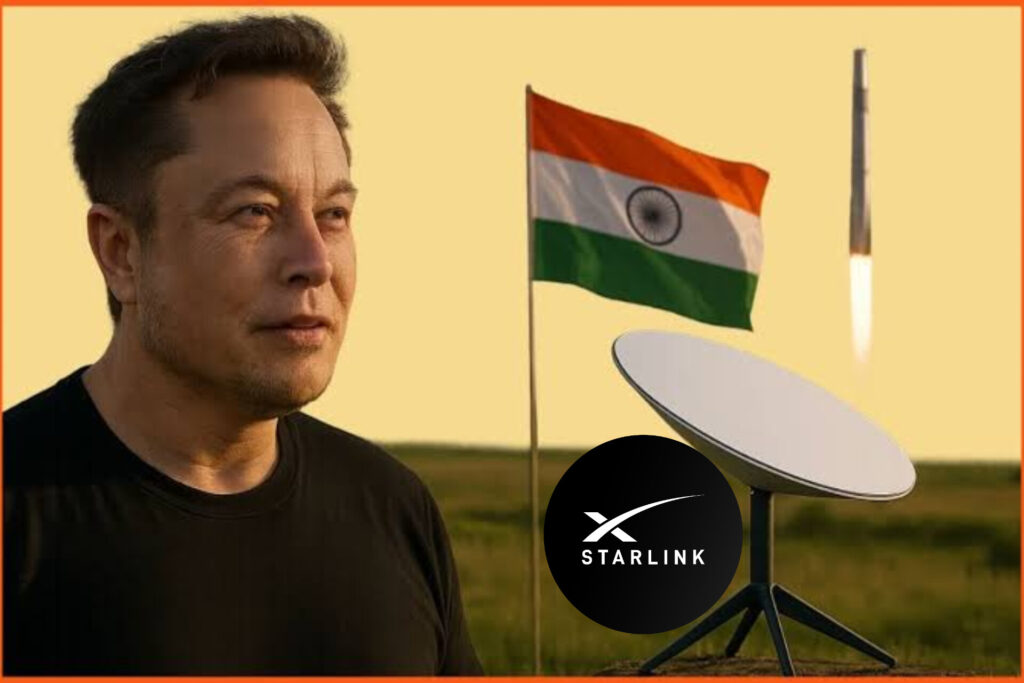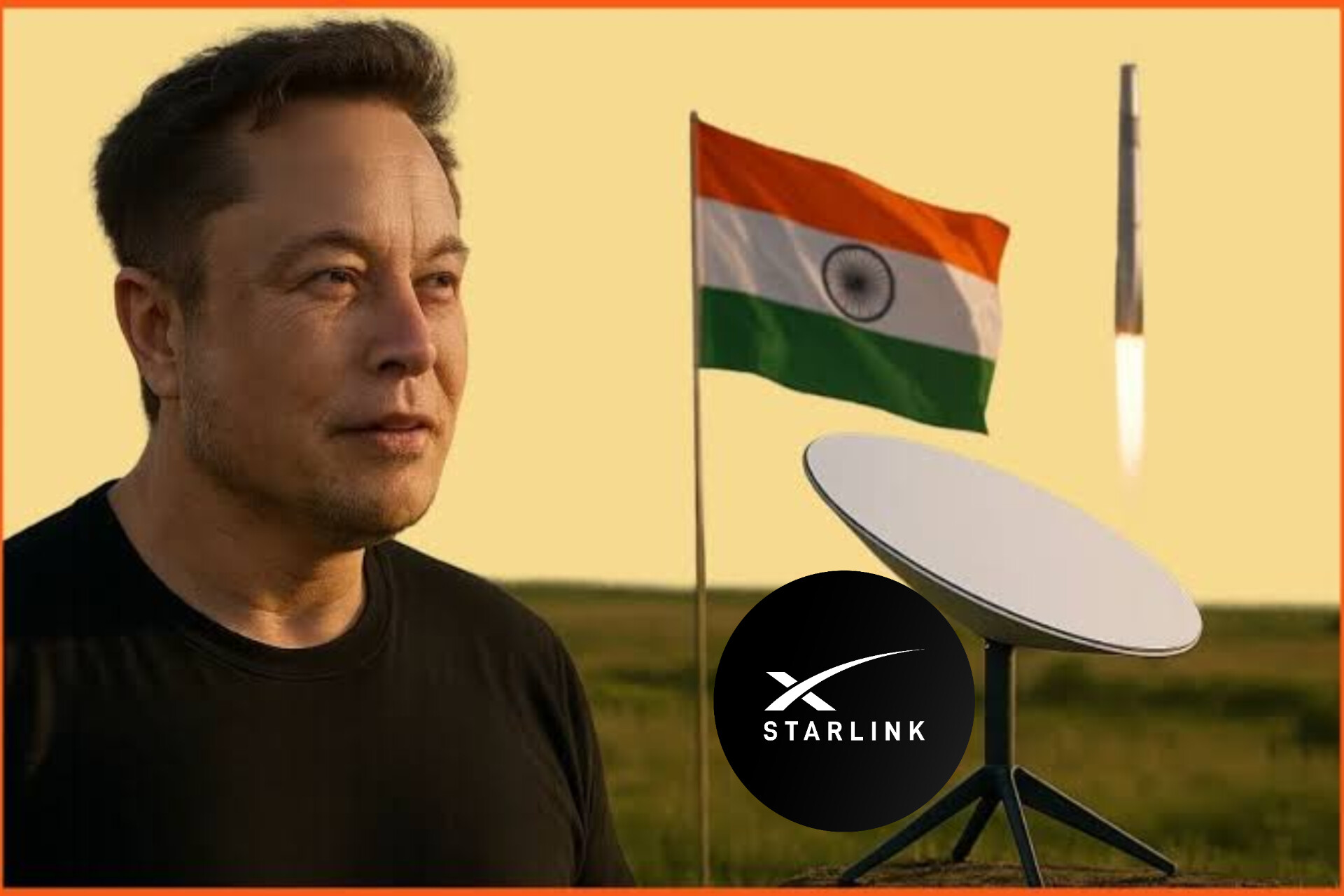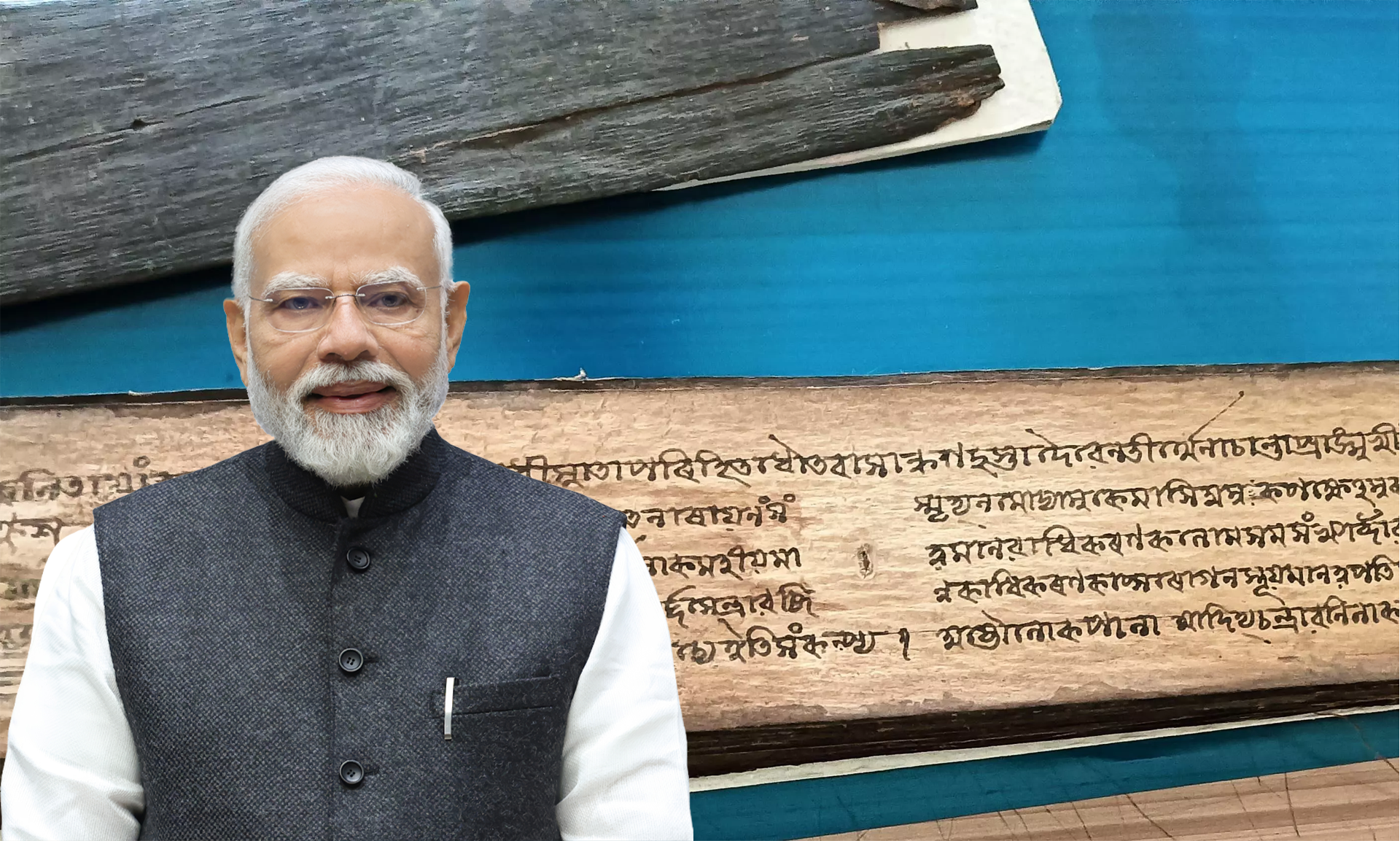
India’s decision to allow Starlink, the satellite internet venture by SpaceX, to operate commercially within its borders marks a significant turning point in the nation’s communication landscape. With an ambitious promise to deliver high-speed internet to remote and underserved regions, Starlink is being celebrated as a technological breakthrough. However, beneath the celebration lies a looming strategic, military, and digital sovereignty crisis that India may be sleepwalking into.
This editorial seeks to unpack the multifaceted implications—technological, strategic, national security, economic, and geopolitical—of India’s reliance on a foreign satellite internet system. We argue that while technological advancement is essential, surrendering control of communication networks to a private foreign entity is a perilous trade-off that India cannot afford, especially in an era of hybrid warfare, AI weaponisation, and cyber espionage.
- A Trojan Horse in the Sky: The CLOUD Act and Legal Risks
Starlink is a subsidiary of SpaceX, a U.S.-based corporation, and is legally bound by U.S. domestic laws—including the CLOUD Act (Clarifying Lawful Overseas Use of Data Act). This law allows U.S. government agencies to compel American tech companies to provide access to data, even if the data is collected from foreign territories like India.
This raises a foundational national security concern: if Indian civilian, military, and governmental communications pass through or are stored on Starlink infrastructure, they may legally be accessed by American intelligence agencies. Such dependency can be manipulated or terminated without India’s consent. This is not just a privacy issue—it is a sovereignty issue.
- The Strategic Timebomb: Communication Kill-Switches in War Scenarios
The danger becomes acute in a wartime scenario. Starlink can geofence or disable services in any region at will or under U.S. federal orders. The 1999 Kargil War saw the U.S. deny Pakistan access to GPS. India could face a similar fate, with the switch to disable connectivity being located in Washington, D.C.
If India’s military communications, border drone surveillance, AI-enabled war strategies, and citizen alerts rely on Starlink, the risk of being digitally paralyzed at a critical moment becomes a genuine wartime threat.
- Undermining India’s Indigenous Communication Infrastructure
India has long invested in domestic infrastructure such as BharatNet, BSNL, NIC, and satellite projects like NavIC and Gaganyaan. However, the presence of a dominant, efficient foreign player like Starlink may stifle local innovation and disincentivize further investment in indigenous networks.
This risks not just economic harm, but technological dependence. If India does not prioritize self-reliant digital infrastructure now, it may lose the opportunity to lead in sovereign satellite communication innovation.
- Border Areas and the Mirage of Last-Mile Delivery
In India’s sparsely populated and strategically sensitive regions—such as Arunachal Pradesh, Ladakh, and tribal belts—lay the biggest paradox. While terrestrial telecom infrastructure is difficult to deploy and maintain in these zones, satellite internet appears to be the ideal solution. Yet, this may cause policymakers to delay or abandon ground-based communication networks altogether.
Such reliance is strategically flawed. While dispersed tower infrastructure is slower to deploy, it is more resilient. In a conflict, towers can be independently maintained, rebuilt, and function even if some are destroyed. In contrast, satellite infrastructure is centralized — take out a few key satellites and the network collapses!
India’s move to allow Starlink’s commercial entry is undoubtedly a step toward improving internet access, particularly in remote areas. However, it also raises important questions about long-term strategic and digital autonomy.




